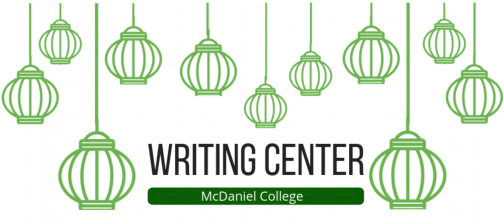By Sarah Sunday
The city of Budapest is filled with churches, mosques, synagogues and other religious places that, on my own, I would have never found or visited; however, after taking the Sacred Architecture class in the spring semester that offered various field trips, my knowledge on holy and sacred spaces has been expanded.
The Sacred Architecture class was taught by Professor Orsi Danyi, who graduated from ELTE here in Budapest. It’s a class where you not only learn about the architectural structures of religious buildings, but also about the function and purposes of their edifices, and then to be able to see the buildings on field trip visits. Throughout the semester, my class took four different class trips and saw seven different buildings.
The first trip my class took was to the Diamond Way Buddhist Centre. Located just around the corner from Keleti Palyadvar and from McDaniel College, the center was once a beer bottling plant, but has since been renovated into a place where people can gather, eat, workout and meditate. The center has a calm and simple ambience with lots of natural light and minimalistic decorations.
The second trip the class we took was to focus on Judaism, and so we visited the two most famous synagogues in Budapest, the Dohány Street Synagogue and the Rumbach Street Synagogue, both located around the Astoria area. The Dohány Street Synagogue is not only famous in Budapest, but in the whole of Europe, as it is the largest in the continent and the second largest in the world. The school provided for a tour guide and the class was shown around both synagogues and told about the history behind the religion and the architecture. The Dohány Synagogue is impressive enough from the outside looking in; however, it has an absolutely beautiful interior with ornate, arching ceilings and walls and windows decorated in an array of reds, blues and yellows. The Rumbach Street Synagogue (Rumbach Sebestyén utca 11-13), on the other hand, is no longer in use, because it is undergoing construction. This synagogue has a much simpler and smaller structure; however, I found it almost more beautiful than the first, with a beautifully decorated domed ceiling.
The third trip took us to a Muslim mosque on the Buda side of the city. Here we met with Zoltán Sulok, head of the Organization of Muslims in Hungary, as he gave us some background on the religion and also on the building itself. A newly built mosque, it had many modern motifs and did not follow the traditional Muslim architecture. It was interesting to be able to speak firsthand to a leader of the Muslim church and to hear his religious beliefs and ideas, and to have him answer any questions our group had.
For the final field trip, our class took a walk around and visited a few different Christian churches in the fifth district. It was a beautiful Sunday afternoon and along with witnessing a customary Orthodox Church service at Petofi Square’s Orthodox Church (Istenszülő Elhunyta Nagyboldogasszony Magyar Ortodox Székesegyház), we saw some traditional Serbian folk dancing at the Szerb utca church. The class examined the interior and exteriors of the various churches as Professor Danyi explained and described the various features and purposes of the Reformed Church at Kálvin Square and the Catholic Church of Our Lady – Belvárosi Boldogasszony Főplébániatemplom.
I’ve always been interested in architecture, but what made this class unique and worth taking was the opportunity to view so many different religious places after reading about them. I do not write this now to advertise or sell a class, but to simply reflect on how refreshing it was to learn about beautiful structures in the classroom and then to see them in person.
Note: this course is regularly offered at McDaniel Budapest.




